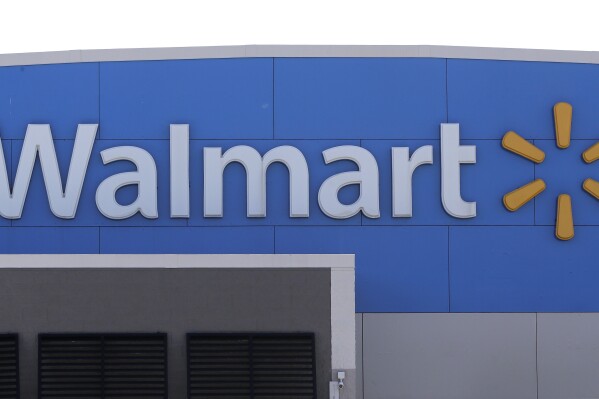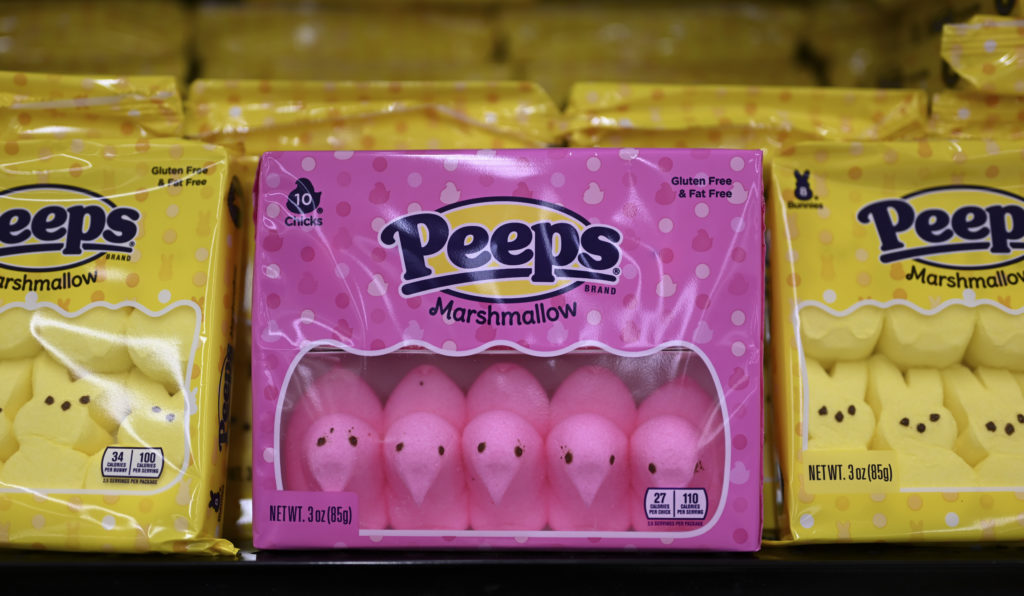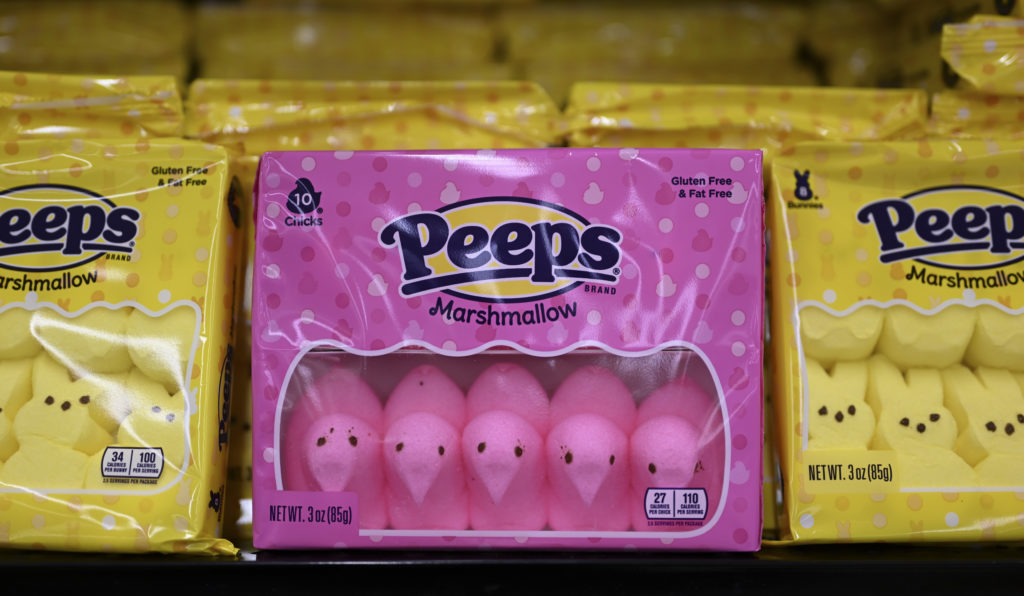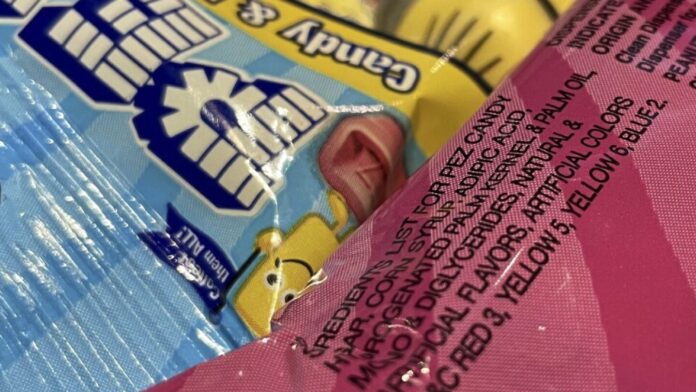“Get ready to rewrite your grocery list! In a major victory for consumer health, the US Food and Drug Administration (FDA) has officially banned the use of Red Dye No. 3 in foods and cosmetics. This artificial coloring, also known as Erythrosine, has been linked to a host of potential health problems, from cancer to hyperactivity. For decades, Red Dye No. 3 has been a staple in many processed foods, from candy and baked goods to fruit snacks and energy drinks. But with this new ban, the FDA is taking a bold step towards protecting public health. In this article, we’ll delve into the history of Red Dye No. 3, the controversy surrounding its use, and what this ban means for you – the consumer. So, what’s changing in your pantry, and what can you do to make the switch to a healthier, more natural lifestyle? Let’s pick up the story and find out!”
U.S. Regulators Ban Red Dye No. 3 from Foods

The Food and Drug Administration (FDA) has banned the use of Red Dye No. 3, also known as erythrosine or FD&C Red No. 3, from foods, dietary supplements, and oral medicines. The decision comes nearly 35 years after the dye was banned from cosmetics and externally applied drugs due to potential cancer risk.
The FDA granted a 2022 petition filed by two dozen food safety and health advocates, who urged the agency to revoke authorization for the substance that gives some candies, snack cakes, and maraschino cherries a bright red hue. The agency cited a statute known as the Delaney Clause, which requires FDA to ban any additive found to cause cancer in people or animals.

Reasons for Ban
Some studies have found that Red Dye No. 3 caused cancer in lab rats, and the FDA has concluded that the dye poses a risk to human health. The agency stated that the way the dye causes cancer in rats does not occur in humans, but it is taking the action as a “matter of law” to ban the dye.

Implications of the Ban
The ban will remove Red Dye No. 3 from the list of approved color additives in foods, dietary supplements, and oral medicines. Food manufacturers will have until January 2027 to remove the dye from their products, while makers of ingested drugs have until January 2028 to do the same. Other countries still allow for certain uses of the dye, but imported foods must meet the new U.S. requirement.

Health Concerns Surrounding Red Dye No. 3
The potential health risks associated with consuming Red Dye No. 3 include cancer risk, allergic reactions, and hyperactivity. The dye is also linked to potential aesthetic issues, such as discoloration of skin and food.

Public Reaction and Consumer Concerns
Consumer advocates have praised the decision, citing the potential risks associated with the dye. Some lawmakers have also called for the ban, citing the Delaney Clause and the need to protect children’s health. However, it is unclear whether the ban will face legal challenges from food manufacturers, as evidence has not determined that the dye causes cancer when consumed by humans.

Practical Aspects of the Ban
Consumers should check food labels to see if an item they want to buy includes Red Dye No. 3. The dye is most likely to show up in certain product categories, such as candies, baked goods and snacks, dairy and frozen foods, fruit products, and medications. Manufacturers may switch to less notorious alternatives, such as Red 40.
- CANDIES: Brach’s Conversation Hearts and Brach’s Candy Corn contain Red 3. But some other red candies, like Swedish Fish and Wild Cherry Lifesavers, use Red 40.
- BAKED GOODS AND SNACKS: Some baked goods and snacks – mostly with red icing – contain Red 3. Betty Crocker Red Decorating Icing contains Red 3. But Pillsbury’s Funfetti Valentine’s Day Vanilla Frosting – which is swirled with tiny red hearts – uses Red 40.
- DAIRY AND FROZEN FOODS: Check for Red 3 in strawberry-flavored milk, ice cream, frozen yogurt, and popsicles. TruMoo Strawberry Whole Milk contains Red 3. But Edy’s Strawberry Ice Cream and Popsicle-brand fruit pops both use beet juice for coloring.
- FRUIT PRODUCTS: Many maraschino cherry brands – including store brands from Walmart and Kroger – have switched to Red 40. But Kroger Extra Cherry canned fruit cocktail contains Red 3.
- BEVERAGES: Ensure Original Strawberry Nutrition Shake contains Red 3. But many beverage brands use Red 40, including Hawaiian Punch and Kool-Aid, Fanta and Jarritos strawberry sodas, and Faygo black cherry soda.
- MEDICATIONS: Consumer advocates say some gummy vitamins and medications contain Red 3. But others use natural coloring or alternate dyes. Vicks Formula 44, Luden’s and Halls cough drops all use Red 40. Mucinex Children’s Cough Syrup, Robitussen Adult Cough and Chest Congestion, and Vick’s NyQuil Cold and Flu also use Red 40.
Conclusion
In conclusion, the FDA’s ban on red dye No. 3 from foods marks a significant milestone in the ongoing efforts to ensure the safety and quality of the food we consume. The article highlights the key concerns surrounding the artificial dye, including its potential link to cancer and hyperactivity in children. The ban is a crucial step towards protecting public health, particularly for vulnerable populations such as children and individuals with pre-existing medical conditions.
The implications of this ban are far-reaching, as it sets a precedent for the regulation of artificial food additives and raises awareness about the importance of scrutinizing the ingredients in our food. As consumers become more informed and demanding about the products they buy, manufacturers will be incentivized to prioritize natural and healthier options. This shift towards a more transparent and sustainable food industry has the potential to revolutionize the way we produce, process, and consume food.

